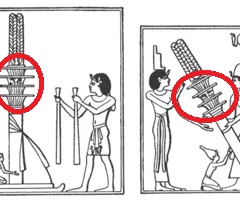
The term 11:11 can represent the four pillars, the Djed column. 11:11 (like the number 8) is a symbol of new beginnings. (Reference Q Infinity)
The Djed is a symbol of the four sons of Horus, the four pillars that hold up the sky to the Egyptians. The Djed also represents the backbone of Osiris. It symbolizes stability.
There appears to be a riddle in Matthew 11:11 from Jesus.
Truly I tell you, among those born of women there has not risen anyone greater than John the Baptist; yet whoever is least in the kingdom of heaven is greater than he.The smallest constellation in the sky is the constellation Crux, the Southern Cross.
The Greeks adopted the Babylonian constellations in the 4th century BC. Twenty Ptolemaic constellations are from the Ancient Near East. Another ten have the same stars but different names.

It is not a perpendicular cross. It is skewed. Note the similarity of this constellation with the raising of the Djed column.
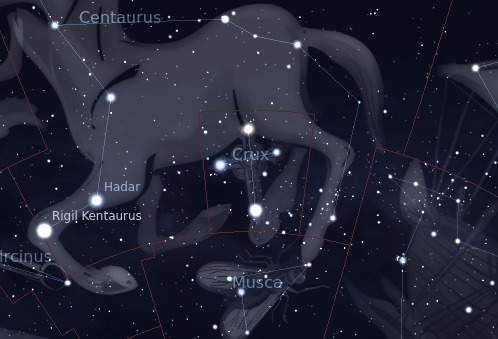
It appears as though the Southern Cross may be the arrow that caused Chiron, the leader of the Centaurs in mythology, to suffer great pain.
I find it very interesting that the story possibly represents a cross (the arrow) as the source of suffering well before Jesus.
Dionysus was the ancient Greek god of wine, winemaking, grape cultivation, fertility, ritual madness, theater, and religious ecstasy. His Roman name was Bacchus. He may have been worshiped as early as 1500-11000 BCE by Mycenean Greeks.
The term Ancient, or Archaic, Greece refers to the years 700-480 B.C., not the Classical Age (480-323 B.C.) known for its art, architecture and philosophy. Archaic Greece saw advances in art, poetry and technology, but is known as the age in which the polis, or city-state, was invented.
There is a belief that John the Baptist became Jesus and that this theory is found in many paintings.

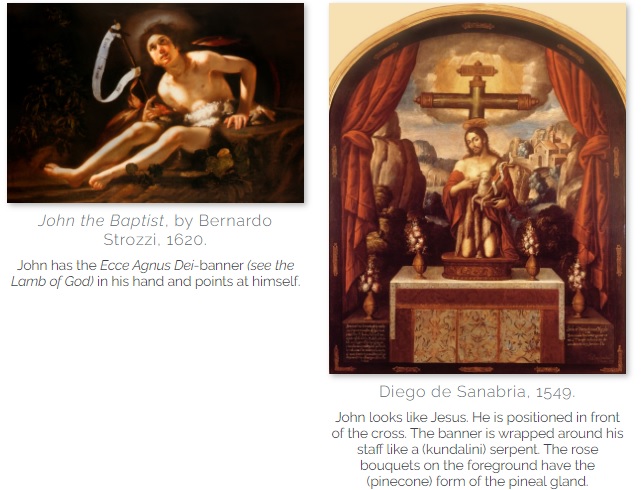
INRI the true meaning in Hebrew
Pontius Pilate, who was an officer of the Roman Empire, probably did not understand that, unwittingly, had created a bit of embarrassment – if we want to call it that way – to the Jews who observed Jesus crucified with that inscription above the head.
Henri Tisot, Hebrew expert, turned to several rabbis to ask what was the exact enrollment of the Hebrew translation made complete by Pilate. He talks about it in his book “Eva, the woman” from page 216 to 220.
He discovered that it is mandatory grammatically, in Hebrew, to write “Jesus of Nazareth, King of the Jews.” With Hebrew letters we get “ישוע הנוצרי ומלך היהודים”.
Remember the reading from right to left.
These letters are equivalent to our “Yshu Hnotsri Wmlk Hyhudim” vocalized “Yeshua Hanotsri Wemelek Hayehudim“.
So, in getting the Latin “INRI” acronym for the Hebrew you get “יהוה”, “YHWH.”
This explains the attention that John reserves to the situation that is taking place under the crucified Jesus. At that time the Jews saw the man who they had put to death, who had claimed to be the Son of God, by the name of God, the Tetragrammaton unpronounceable, engraved above his head.
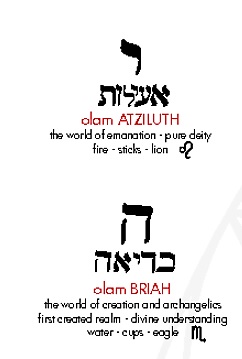


Nazarene is a title used to describe people from the city of Nazareth in the New Testament (there is no mention of either Nazareth or Nazarene in the Old Testament), and is a title applied to Jesus, who, according to the New Testament, grew up in Nazareth,[1] a town in Galilee, now in northern Israel. The word is used to translate two related terms that appear in the Greek New Testament: Nazarēnos (Nazarene) and Nazōraios (Nazorean). The phrases traditionally rendered as "Jesus of Nazareth" can also be translated as "Jesus the Nazarene" or "Jesus the Nazorean",[2] and the title "Nazarene" may have a religious significance instead of denoting a place of origin. Both Nazarene and Nazorean are irregular in Greek and the additional vowel in Nazorean complicates any derivation from Nazareth.[3]
The Gospel of Matthew explains that the title Nazarene is derived from the prophecy "He will be called a Nazorean",[4] but this has no obvious Old Testament source. Some scholars argue that it refers to a passage in the Book of Isaiah,[5] with "Nazarene" a Greek reading of the Hebrew ne·tser (branch), understood as a messianic title.[6] Others point to a passage in the Book of Judges which refers to Samson as a Nazirite, a word that is just one letter off from Nazarene in Greek.[7] It is also possible, that Nazorean signs Jesus as a ruler. [8]
The Greek New Testament uses "Nazarene" six times (Mark, Luke), while "Nazorean" is used 13 times (Matthew, Mark in some manuscripts, Luke, John, Acts). In the Book of Acts, "Nazorean" is used to refer to a follower of Jesus, i.e. a Christian, rather than an inhabitant of a town.[9] "Notzrim" is the modern Hebrew word for Christians (No·tsri, נוֹצְרִי) and one of two words commonly used to mean "Christian" in Syriac (Nasrani) and Arabic (Naṣrānī, نصراني).
Some scholars believe that Nazarene is really a variant form of Nazirite (from נזר, nazar, meaning to consecrate), but others derive it with equal confidence from נצר (nasar), meaning either to be watchful or to be green. In our article on the name Nazareth itself, we discuss at length that deriving the name Nazarene from נצר (nasar), meaning to be green, would at first glance tie Matthew's Nazarean prophecy to the various "branch" prophesies of the Old Testament (Isaiah 11:1, 53:2, Zechariah 3:8, 6:12), but read our article on the name Nazareth for a discussion of the problems of this particular theory.

This is a shoot, as in a young plant. A scion is a young shoot or twig of a plant, especially one cut for grafting or rooting. If this theory is correct, could it tie into another name of Osiris, the god of agriculture that has green skin, Asar?

This is Albrecht Durer's "The Man of Sorrows by the Column" from 1509.
The symbol for the centaur Chiron, ⚷, is a key with the letter K (for discoverer Charles T. Kowal) was proposed by astrologer Al Morrison, who presented the symbol as "an inspiration shared amongst Al H.

However, this did not come about until 1977 when the astronomical object Chiron was discovered. The first letters of Object Kowal gives the "O" and "K" symbol in the key. So where did the key come from?
More about the Treasury seals, looking back.
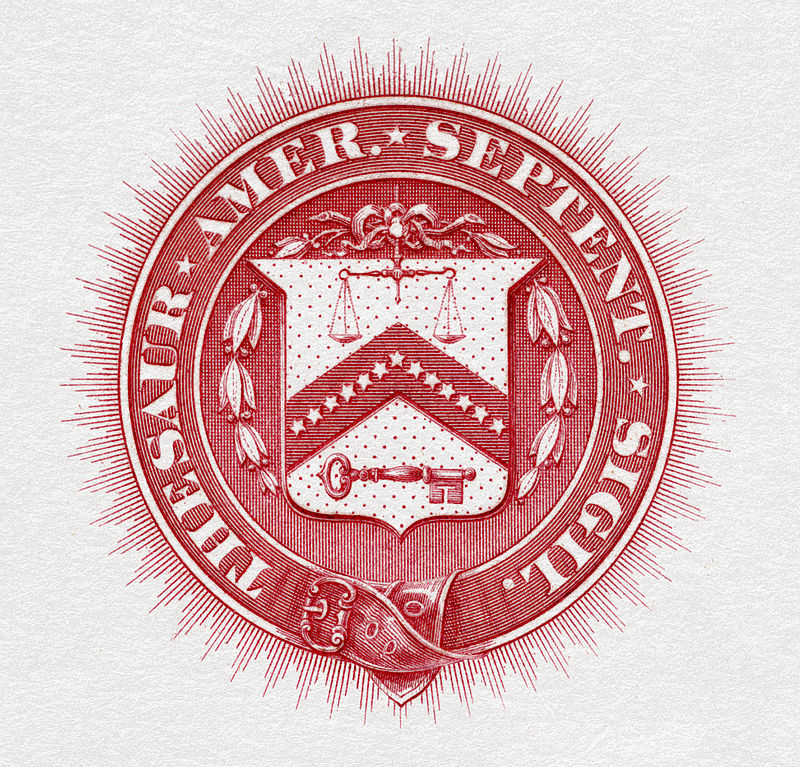
In addition to the elements still found on the current seal, the original featured more ornamentation and the Latin inscription THESAUR. AMER. SEPTENT. SIGIL. around the rim. The inscription is an abbreviation for the phrase Thesauri Americae Septentrionalis Sigillum, which translates to "The Seal of the Treasury of North America".[6]
If you count the letters in the longer phrase, you get 39 letters. This is the same as the number of stars in the current Treasury seal. If you add the three additional symbols as "stars" (or principles), you get 42.
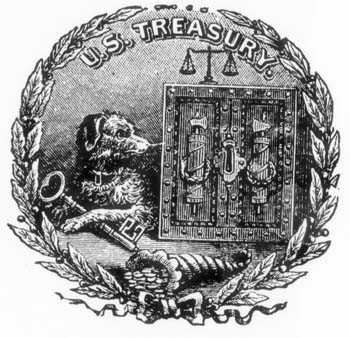
This dog was named "Nero" and the symbols on the strongbox are called fasces (yes, that is where fascism comes from). These fasces can also be found at the front of the Lincoln Memorial on the back of some dimes.
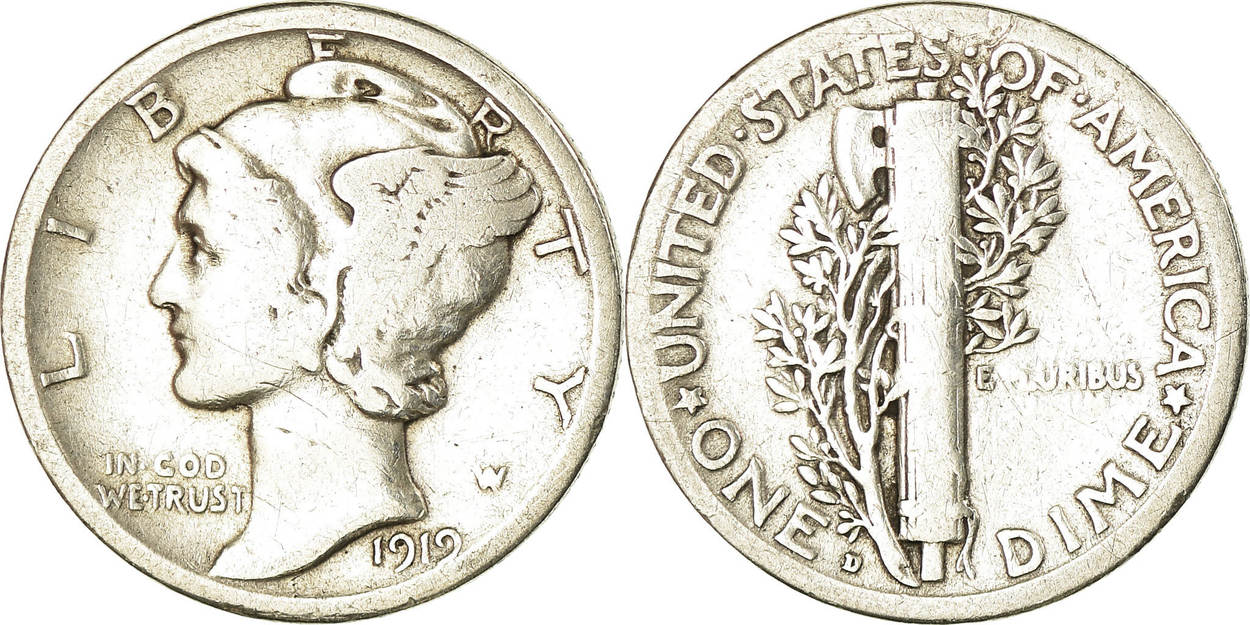
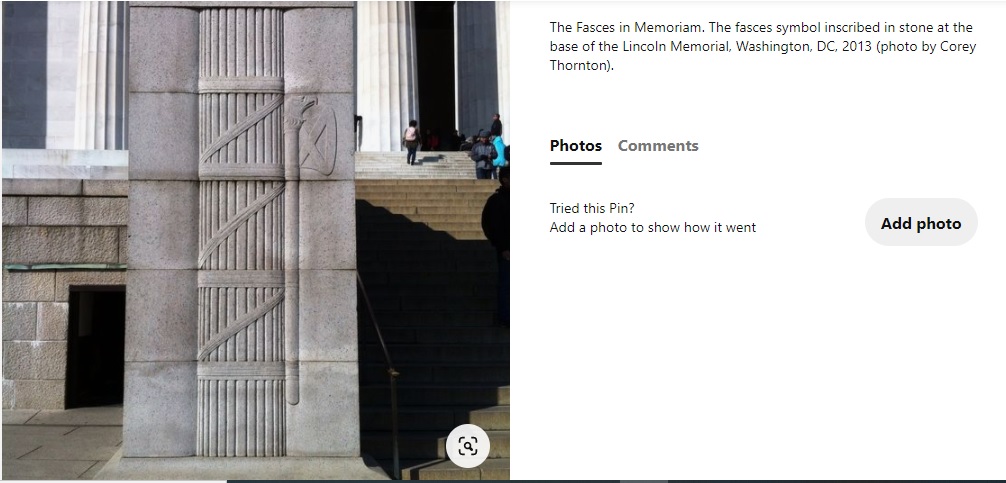
If you follow the trail for this symbol, it will take you to a group of people called Etruscans, who interestingly used the swastika.
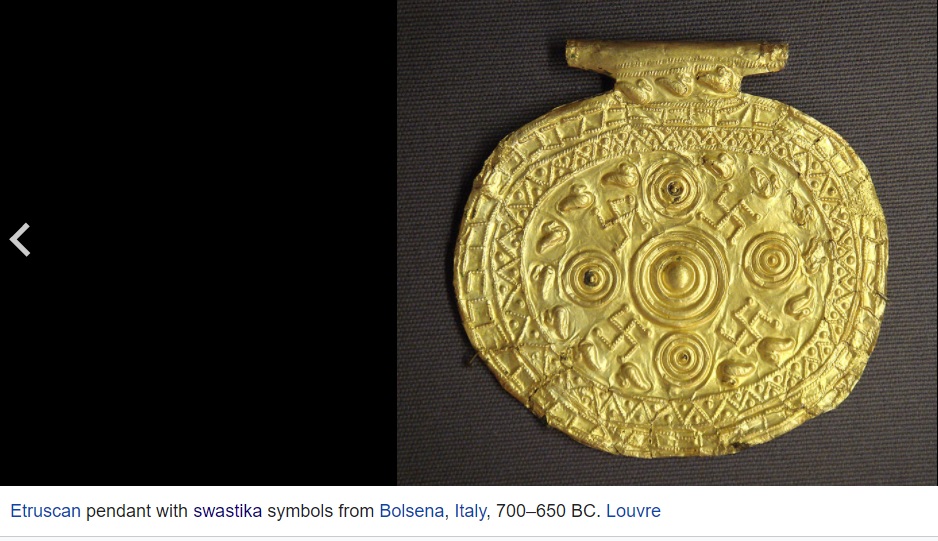
The fasces mean "a bundle". Notice the references to bundles, plants, and gathering in the treasury seals, which references the Hebrew word "AROWN" meaning a box, in the sense of gathering. Arown is translated as "ark".
The Watchdog seal has 39 rivets in the box (2 on each side of the keyhole, 4 above the keyhole, 4 below the keyhole, and 29 around the outer edge).
There are the three symbols, as they appear on the treasury seal and on the back of the one dollar bill.
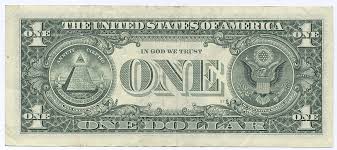
There are 39 letters in "The United States of America. In God We Trust. One". There are 24 letters in "The United States of America", referencing the number of hours in the day and the sun. There are 24 letters in the Greek alphabet, the Alpha to the Omega.
This earlier symbol could have used the strongbox in place of the pyramid symbol.
The Watchdog key resembles an old half turn key that could represent the roman numeral one (the negative space).
Or it may be double meaning representing an Egyptian hieroglyph for an open gateway.
How much of this is really a coincidence? This seems all too coincidental to not be intentionally done.
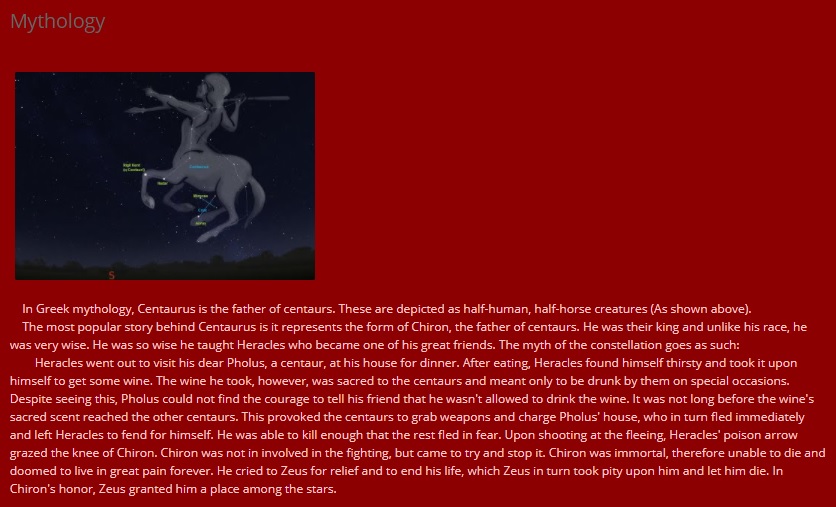

This was post #100
ReplyDelete